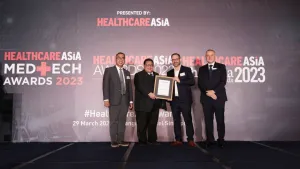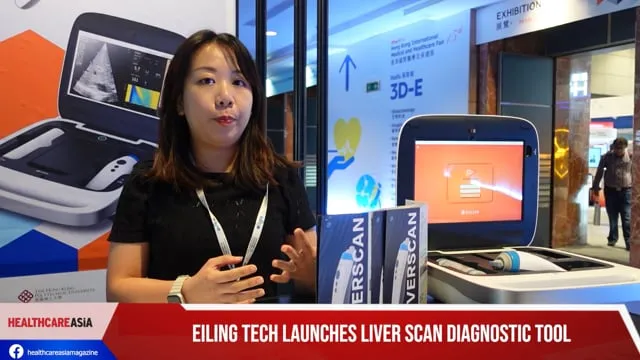
Issue of the Week: Will Thai hospitals stay ahead of the race in Southeast Asia?
Regional neighbors are slowly catching up.
Hospitals in the Southeast Asian country has been leading the region for years now, seeing more than 2 million foreign patients in 36 hospitals in 2012. This is a much higher number compared to Singapore’s 850,000, Malaysia’s 700,000, and the Philippines’ 81,000,
With its regional neighbors gaining ground, however, this dominance begs the question: Will Thailand’s hospitals remain ahead of the race in the coming years?
Here are some healthcare analysts’ views on the future of Thai hospitals:
Mickael Feige, partner, Solidiance
In Thailand and other countries in ASEAN, we see an increase of causes of death from non-communicable diseases (cardiovascular diseases, cancer), as well as diabetes prevalence. In Thailand, expenditures on chronic and non-communicable diseases had surged by 33% between 2010 and 2013 for cardiovascular, 11% for cancer, and 75% for diabetes. Other countries in the region face the same trend, including Myanmar. This is due to the change in lifestyle with an impact on obesity, stress, cancer and other NCD.
In that context, ASEAN countries will need more than basic healthcare services. In CLMV , the level of healthcare infrastructure is still far from what is needed. In 2013, according to WHO statistics, Thailand had 21 hospital beds for 10,000 people, while the AEC median was 13. Laos and Cambodia had 7, Myanmar and Indonesia 6. Thai hospitals have understood that with the AEC and easier ways of communications among ASEAN nations, this increase of need for healthcare services could represent significant opportunities.
The competition between Thailand and its rivals in the region, Singapore and Malaysia, will intensify – but Thailand has several cards to play. There are 4 main reasons that make Thailand the leading healthcare hub in the region:
(1) Human Resource Quality
(2) Reasonable Cost
(3) Service and Hospitality, and
(4) Tourist Attraction
Ashwin Moduga, research manager, IDC
Thai hospitals have been the forerunners in implementing strong, path breaking ICT systems to engage better with patients both from within the country and from outside. Apart from the large hospitals, even the medium sized hospitals under 200 beds are on a mobility ICT implementation spree targeted at providing a smooth stay for visiting patients. [They will continue to lead the region because] they are now able to offer cheaper procedure costs, better options for tourism compared to the rest of the countries in the region.
Jodie Foo, analyst, OCBC
According to Frost & Sullivan, medical tourists make up ~49% share in terms of revenue and 39% market share. Thailand also boasts 43 JCI accredited hospitals as of 2014, an indication of quality healthcare and facilities. But we understand that Thailand is well-known for their strengths in aesthetics treatments, and research from Frost & Sullivan state that diagnostics and medical check-ups are the common treatments sought by expatriates, business travellers and tourists. Thus healthcare providers in Malaysia and Singapore are not overly concerned about direct competition. Furthermore, Thailand’s medical tourists come from Japan, Russia, China and the US. In contrary, Singapore and Malaysia’s main source of medical tourists is Indonesia.
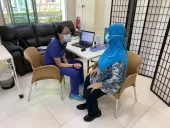

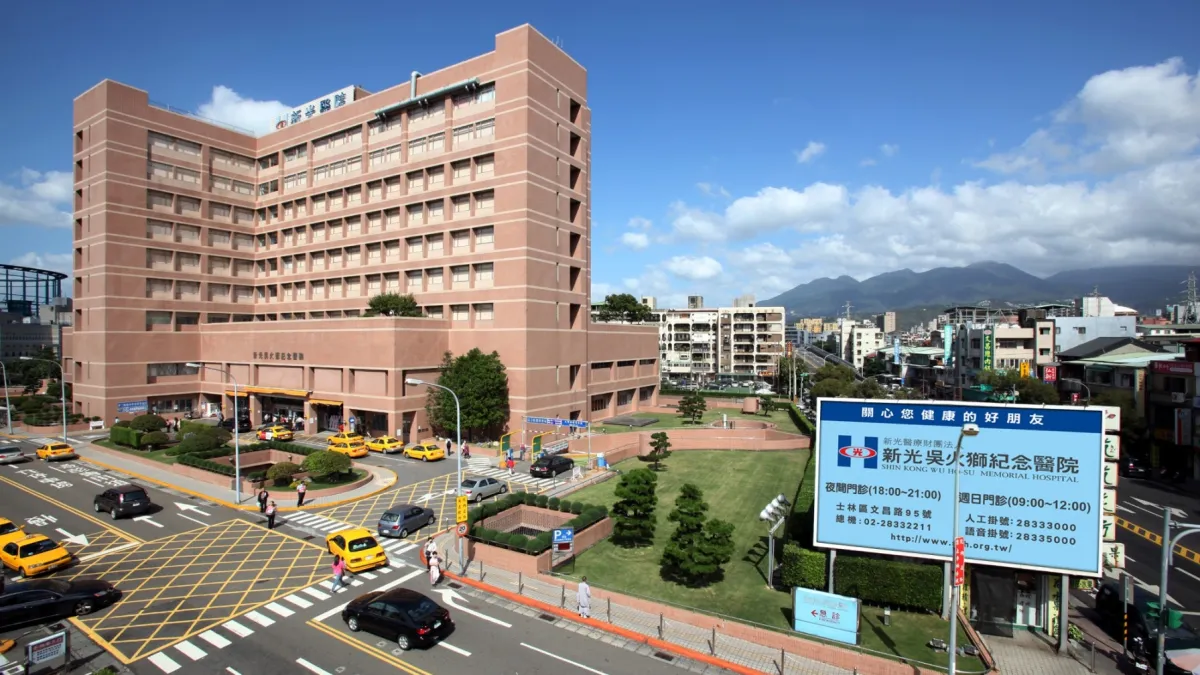


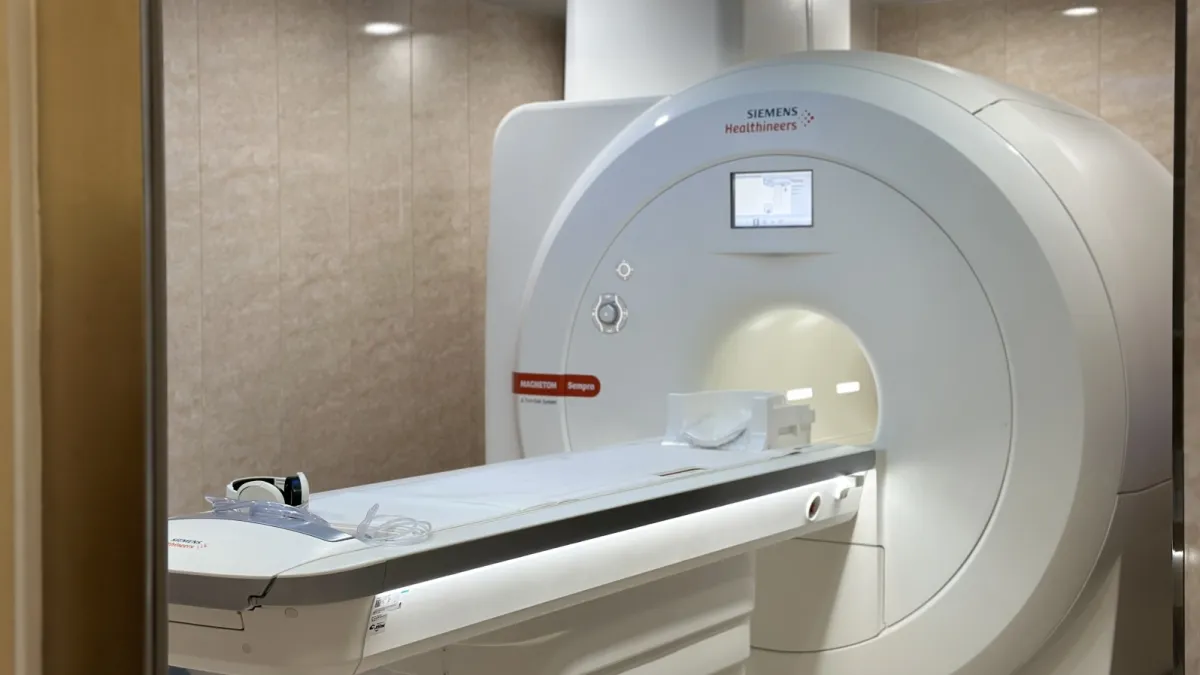




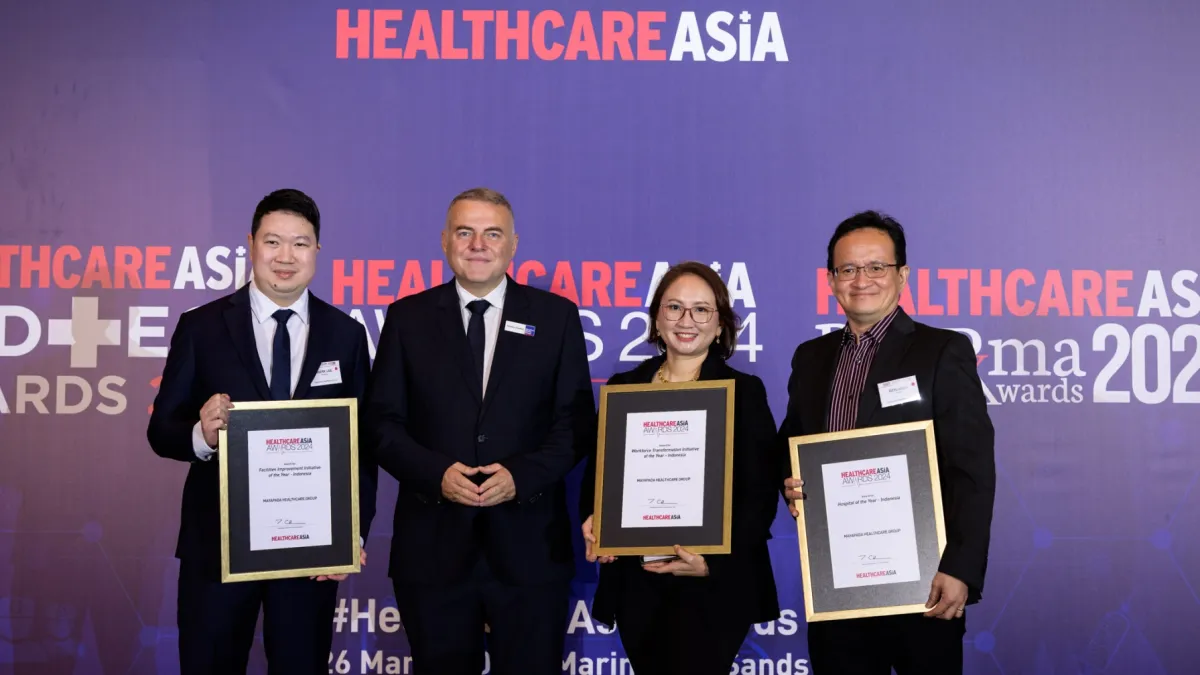
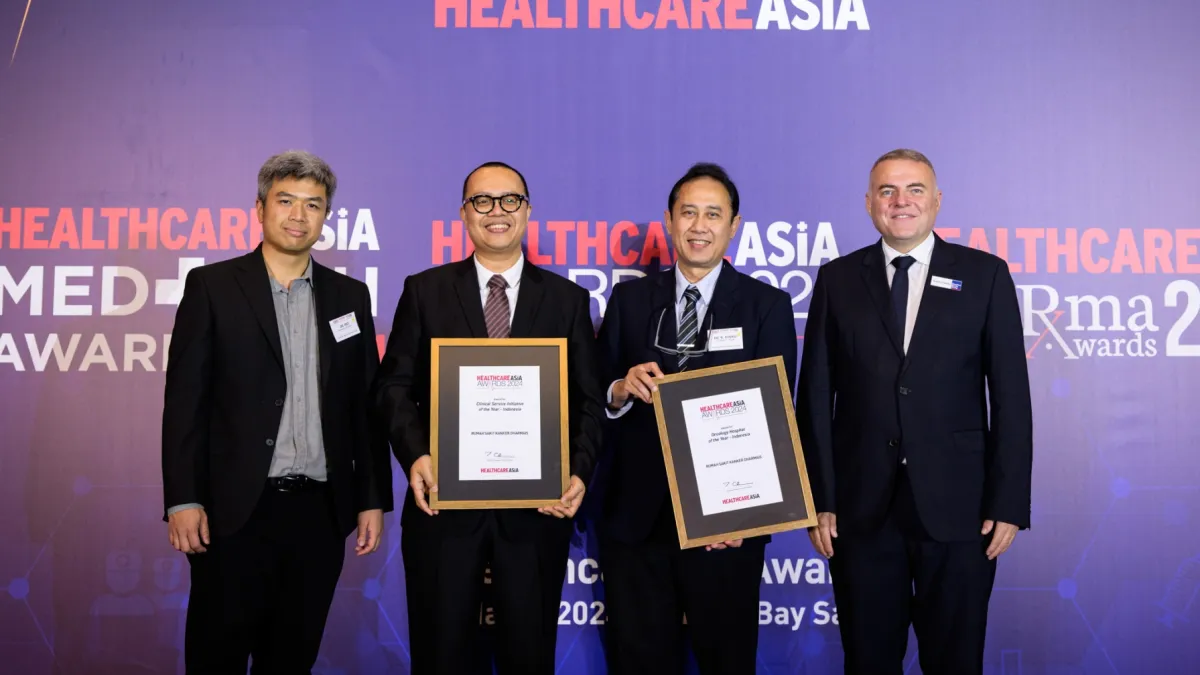

 Advertise
Advertise



